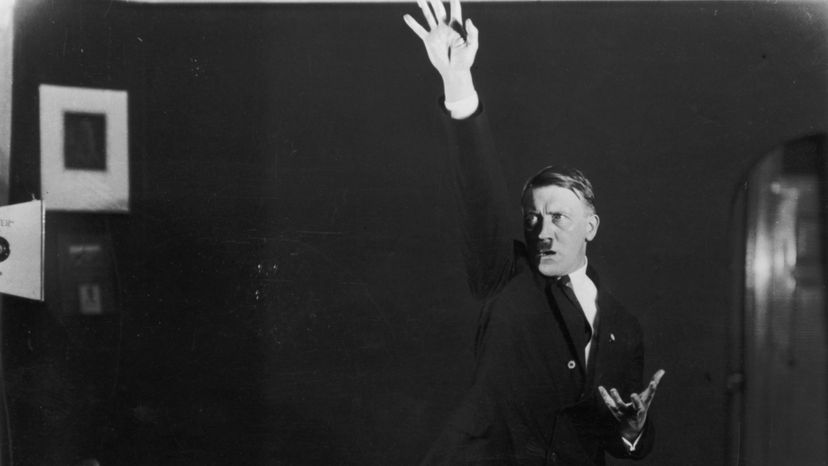The History of Meth: From Hitler to Kerouac

The history of methamphetamine starts with a group of shrubs known as ephedra. These plants, found in many parts of the world, have been used for thousands of years in China, Pakistan, India and the Americas to make teas that help open airways and treat asthma, as well as congestion and cough. In 1887, ephedrine (a type of amphetamine) was first isolated from the plant. Six years later, amphetamine was developed from ephedrine, and in 1919 crystallized methamphetamine was first produced from ephedrine using iodine and red phosphorus. Methamphetamine was easier to make than amphetamine and more potent [source: Foundation for a Drug Free World].
Both amphetamine and methamphetamine initially existed without any particular purpose. These concentrated stimulants were applied to a variety of maladies and disorders in search of their function. Eventually, they were used as general pick-me-ups, antidepressants and diet pills. In the 1930s, you could buy amphetamine over the counter to treat nasal congestion, under the brand-name Benzedrine.
Advertisement
Nazi leaders distributed millions of doses of methamphetamine in tablets called Pervitin to their infantry, sailors and airmen in World War II. It wasn't just the military that was amping up on the stuff — Pervitin was sold to the German public over the counter beginning in 1938, and became quite popular. When supplies ran low on the war front, soldiers would write to their families requesting shipments of speed. Hitler himself consumed vast quantities of drugs during the war, including cocaine, an early version of oxycodone and — you guessed it — crystal meth, to fuel his long battle-planning sessions and utter lunacy [source: Cooke].
In one four-month period in 1940, the German military gobbled more than 35 million meth tablets. The pills were known to cause adverse health effects in some soldiers, but commanders immediately realized that stimulants went a long way toward the Nazi dream of creating super-soldiers. As the World War II neared its conclusion, a request was sent from high command for a drug that would boost morale and fighting ability, and Germany's scientists responded with a pill called D-IX that contained equal parts cocaine and painkiller (5 mg of each), as well as Pervitin (3 mg). The pill was put into a testing stage, but the war ended before it reached the general military population [source: Ulrich].
The Nazis weren't the only ones jacking up their soldiers on pharmaceuticals. The Americans and the British also consumed large amounts of amphetamines (or "speed"), namely Dexedrine. The Japanese, too, developed their own military-grade amphetamine, and after the war ended a large stockpile of the drug flooded Japan's streets [source: Montgomery County Sheriff's Office].
After World War II, amphetamines were manufactured, sold and prescribed in the United States and much of the world, often in the form of diet pills. By the late 1950s and early '60s, it was becoming harder for the medical community to ignore the growing number of professionals-turned-speed-freaks who had become hopelessly hooked on Benzedrine and Dexedrine.
Many writers of the Beat generation, like Jack Kerouac, William Burroughs and Allen Ginsberg, were addicted to amphetamines. In 1945, Kerouac wrote to Ginsberg, "Benny [Benzedrine] has made me see a lot. The process of intensifying awareness naturally leads to an overflow of old notions, and voila, new material wells up like water forming its proper level, and makes itself evident at the brim of consciousness. Brand new water!"
Kerouac's classic, "On the Road" was written in three weeks on one continuous scroll of taped-together sheets of paper with no paragraph breaks. No doubt, speed played a part in its composition.
Concern over speed addiction among Beats, hippies and housewives led the American government to restrict its use starting in 1971 (though amphetamines would turn up later in legal drugs like Adderall, given for ADHD) [source: Rasmussen]. This prohibition led to Americans cooking up their own versions or smuggling them in from other countries.